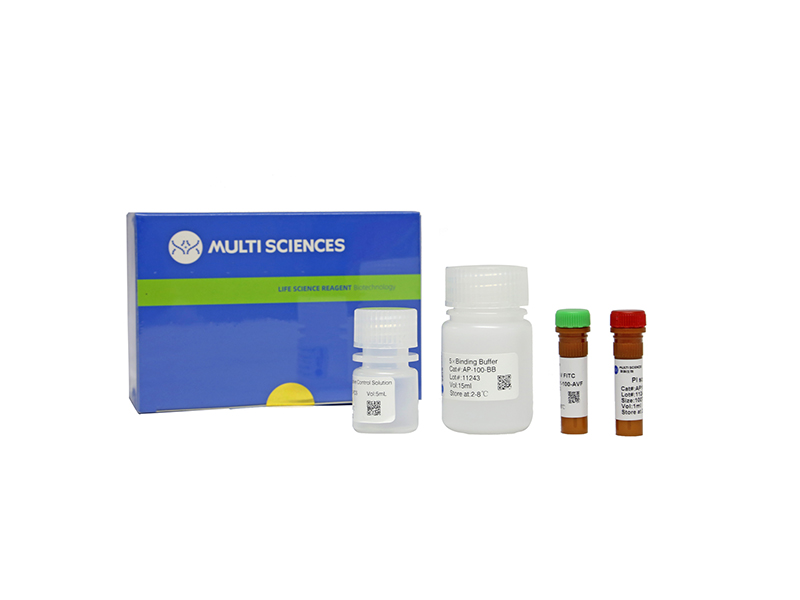Paraspeckle protein 1 (PSPC1) was first identified as a structural protein of the subnuclear structure termed paraspeckle. However, the exact physiological functions of PSPC1 are still largely unknown. Previously, using a proteomic approach, we have shown that exposure to cisplatin can induce PSPC1 expression in HeLa cells, indicating the possible involvement for PSPC1 in the DNA damage response (DDR). In the current study, the role of PSPC1 in DDR was examined. First, it was found that cisplatin treatment could indeed induce the expression of PSPC1 protein. Abolishing PSPC1 expression by siRNA significantly inhibited cell growth, caused spontaneous cell death, and increased DNA damage. However, PSPC1 did not co-localize with γH2AX, 53BP1, or Rad51, indicating no direct involvement in DNA repair pathways mediated by these molecules. Interestingly, knockdown of PSPC1 disrupted the normal cell cycle distribution, with more cells entering the G2/M phase. Furthermore, while cisplatin induced G1/S arrest in HeLa cells, knockdown of PSPC1 caused cells to escape the G1/S checkpoint and enter mitosis, and resulted in more cell death. Taken together, these observations indicate a new role for PSPC1 in maintaining genome integrity during the DDR, particularly in the G1/S checkpoint.
文章引用产品
-
-
- AP101
- 凋亡试剂盒
Annexin V-FITC/PI Apoptosis Kit(适用于除C6以外的流式细胞仪)
-
¥630.00 – ¥1,280.00
-
- AP101
- 凋亡试剂盒
Annexin V-FITC/PI Apoptosis Kit(适用于除C6以外的流式细胞仪)
- ¥630.00 – ¥1,280.00



